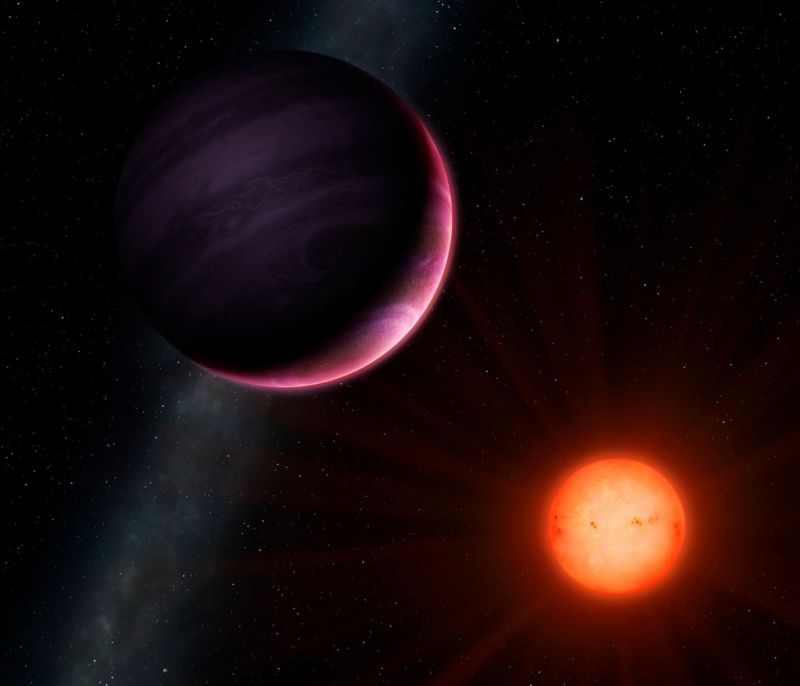A planet that’s 1.33 times the size of Jupiter, but with an orbit of only 2.65 days has been discovered by a team based out of Chile. The surprising part is not the size of the “monster” planet, but its star, which is only about four times the size of the planet.
This is the smallest size difference yet discovered between a star and one of its planets.
The star has been dubbed NGTS-1, after the Next-Generation Transit Survey project that discovered it. The planet is NGTS-1b and, although it’s a third larger than Jupiter, the Solar System’s largest planet, it’s a gas giant with 0.8 times the mass of Jupiter. The star itself has a radius that’s a little more than that of our own sun, which puts it in a category called M-dwarf.
NGTS-1b is the largest planet found so far orbiting an M-dwarf star, one of only three yet discovered.
But how does a gas giant form next to an M-dwarf star? That’s what astronomers are trying to figure out. It’s unclear at this point as to how exactly a gas giant would form under the conditions surrounding the star, but the research paper published by the team responsible for the discovery clearly states that the starting point is to get a view of the full extent of the situation. And that can only be done by surveying other dwarf stars and how frequently they have gas giants orbiting them.
Gas giants are primarily made up of hydrogen and helium, but planet formation models show that these can only be formed when there are adequate quantities of heavier elements in the vicinity. The basic premise is that a rocky core needs to quickly form and capture enough gas to initiate atmospheric accumulation before the star ignites and drives off the gases required for such an accumulation. But the problem is, a dwarf star rarely has enough heavier elements nearby to facilitate the formation of the rocky core in the first place.
That’s the puzzler that astronomers are working on, and only a full study of dwarf star exosolar systems can reveal the answer.
Thanks for visiting. Please support 1redDrop on social media: Facebook | Twitter



